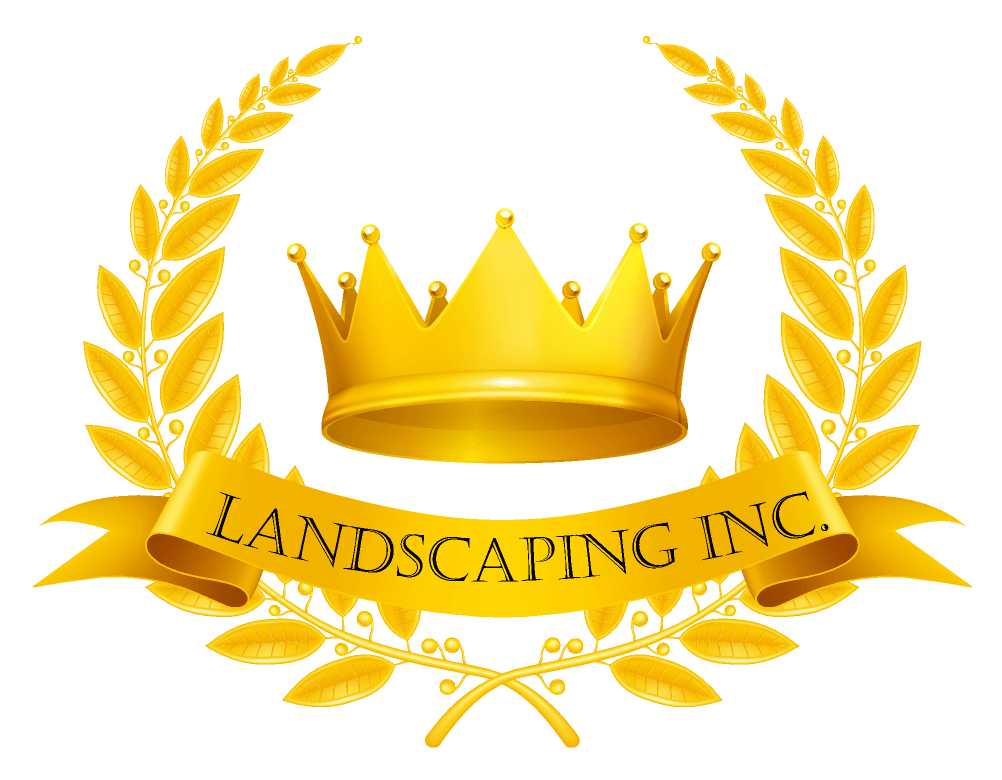Artificial Turf
Artificial Turf
More and more homeowners and businesses in our area and worldwide are installing and enjoying artificial turf. In addition to providing a virtually maintenance-free yard throughout the entire year, these surfaces are great for special use areas like pet runs, backyard putting and chipping greens, poolside spaces, and high traffic commercial settings.
Evolution and Advancements in Artificial Turf
Artificial turf has evolved from the old days of baseball and football stadium field material which was very hard and coarse. Ultra-modern designs no longer feel or look like rough carpet but closely mimic the feel and appearance of real grass and are and more comfortable than older traditional materials. Today, quality synthetic turf is made of a composite of fabric backing, fiber filaments, and soft, pliable polyurethane. The urethane acts as both an adhesive and a cushion. Manufacturing advances have led to the development of smooth, highly durable, and sunlight/UV ray-resistant fibers. We offer a wide variety of different textures and colors to fit your design concepts and budget. Higher density material is typically called for in high traffic uses, and shorter fibers work better next to a pool or for pets.
Artificial turf requires some site preparation work, depending on the condition of the area to be covered and its planned use. This work, along with installation and the turf cost, adds up to an initial expense that you should compare to the cost of installing a natural grass yard. Of course, the beginning expense of artificial turf installation is offset by the minimal ongoing and long-term maintenance required. Positive impacts are also being seen on resale prices in many high-value markets.
The Environmental and Practical Benefits of Artificial Turf
Artificial turf is environmentally friendly. It does not require water, other than for cleaning from time to time. It does not need pesticides, herbicides, or fertilizers that can harm children, pets, and other landscaping plants and trees. Our professional installation process facilitates rapid and complete water drainage, which also helps keep the storm water disposal system free of debris and organic matter.
Many of us do not look forward to the regular chore of cutting grass and trimming weeds in our yards or spending money on yard maintenance. With an artificial turf installation, mowing and trimming are eliminated for covered areas. The small amount of regular upkeep needed can be quickly handled with a leaf blower and a broom.
Artificial turf is also fantastic for dogs. They enjoy playing and relaxing on it just as they do on grass, and they can’t bury a bone in it. Cleaning up after them is a breeze, and waste residue is easily washed away with a splash of water and a light detergent if needed. Think of the relief of letting your four-legged friend go outside when it has been raining and not worrying about mud getting tracked back into the house.
You can count on King Kutz Landscaping for the best expert design and installation work for artificial turf as well as your other landscaping and hardscaping needs. Our locally owned and operated company proudly serves the entire Orlando and central Florida area, and we work tirelessly to provide complete satisfaction to our clients. Contact us today to get started with a free estimate for your outdoor project plans.
Frequently Asked Artificial Turf Questions
Q1. How Does Artificial Turf Impact Local Wildlife and Insects?
A1. While it doesn't offer the same habitat and food source as natural grass, high-quality artificial turf is designed to be environmentally benign. It doesn't leach chemicals or harmful substances into the soil. However, for those wanting to support local wildlife and insects, it's advisable to incorporate natural plantings and habitats elsewhere in the landscape.
Q2. Can Artificial Turf Be Recycled or Reused at the End of Its Lifecycle?
A2. Modern artificial turf is often made from recyclable materials, but the recycling process can be complex due to the different types of materials used in its construction. Some manufacturers offer recycling programs or suggestions for repurposing old turf, like using it for underlays in playgrounds or outdoor areas.
Q3. How Does Artificial Turf React to Extreme Weather Conditions?
A3. High-quality artificial turf is designed to withstand a range of weather conditions, maintaining its integrity and appearance. It typically includes UV-resistant fibers to prevent fading in strong sunlight, and its drainage system is designed to handle heavy rain without flooding.
All Rights Reserved | King Kutz Landscaping
